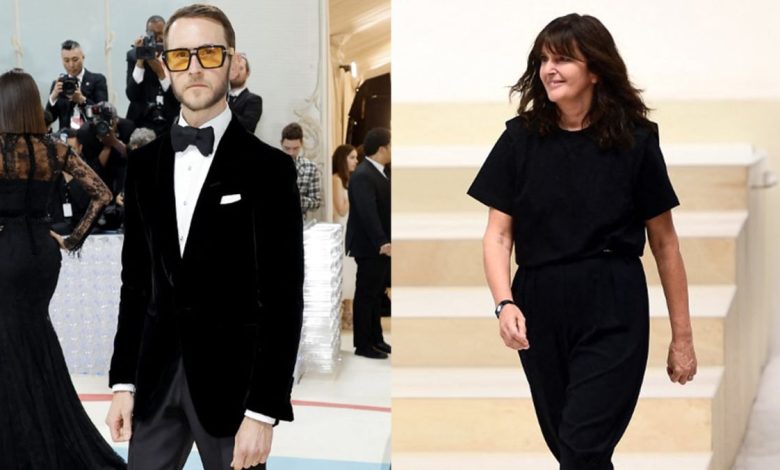Luxury brands rocked by creative upheaval

Typically, it takes at least three seasons (about one and half years) for a new designer’s vision to be fully realised, but executives are keen to see faster returns, says Stephanie Jackson, co-founder of luxury fashion recruitment firm SJR, whose clients have included Prada and Hermes. “Stakeholders expect clear results on their investment and there is a shorter space of time in which these designers have got to prove themselves,” she says.
“It’s been a very long time since I’ve seen this much uncertainty on the part of brands and talent,” adds Karen Harvey, founder and CEO of her eponymous consulting group, which has worked with top luxury brands since the 1990s (recent clients include Calvin Klein, Ralph Lauren and Valextra). “The drop in consumption at the luxury level is something companies are either prepared for, or they’re going to have a sort of knee-jerk moment to make a change.”
The difficulty for today’s creative directors is that expectations range far beyond just bottom-line growth. Designers including Viard and Maria Grazia Chiuri, currently creative director at Dior, have been subjected to much vitriol from online (often amateur) critics, despite their respective commercial successes. (At Chanel, sales grew from US$11.1 billion in 2018, just prior to Viard’s arrival, to US$19.7 billion in 2023; the Dior group boasted sales of €86.2 billion [US$93.52 billion; S$125.61 billion] in 2023, up from €39.5 billion in 2016, when Chiuri started in the role.)
There’s also the trouble of replacing talent, such as Tom Ford or the late Karl Lagerfeld at Chanel, whose larger-than-life personalities were inextricably connected to their brands. (Such will be the challenge with finding a successor for Van Noten.)
“While sales are important, maintaining a positive image is vital and a designer’s popularity can significantly impact a brand’s reputation,” says Jackson. She attributes part of this to globalisation and the democratisation of fashion. “There’s so much more exposure.”
Beyond creating strong product, designers are now required to be entrepreneurs who can balance creativity with commercial success and also act as public-facing ambassadors. But the glorification of one individual can be problematic, as designers are simply one part of a larger equation for success that also includes pricing, merchandising, communication and distribution.
“It’s as if some brands are waiting for a saviour who will come in and change everything. But [a designer] is just one person,” says Bouleau. “And at the end of the day, these are a lot of different functions.”
Sometimes, a change is required. While Hawkings had proved to be an excellent executor of menswear, Italy’s Ermenegildo Zegna Group, which runs Tom Ford’s fashion arm, may have ambitions to expand the brand’s womenswear sales.
“Tom and Peter built menswear together and they did a brilliant job,” says Harvey. “But the world is changing. Should Tom Ford womenswear today reflect the exact same codes that Tom Ford had developed in a very different time and place? Should there be more of a woman’s point of view? Perhaps, by Peter following so strictly the codes, something was missing now.”
She adds: “There’s a huge opportunity with womenswear and beauty is so connected to that.”
Cristina Baruzzi, a partner at Sterling International who has a decade of experience working in HR for Prada and Valentino, sees the recent movements as an opportunity for companies to refresh their strategy and reset their business model. “Everyone in the luxury segment is following the same route of concentrating on younger generations and elevating their brand positioning. But the pyramid at the top is very small.”
Despite these wide-ranging expectations, ultimately, product remains key, says Bouleau. “It’s a business and you want to be profitable. Of course you have CEOs who care about the clout of having a cool designer, which can lead to being a cool brand. But at the end of the day, [there’s no point] if you’re not selling and not able to pay the salaries of your employees.”
Kati Chitrakorn © 2024 The Financial Times
This story originally appeared in The Financial Times

